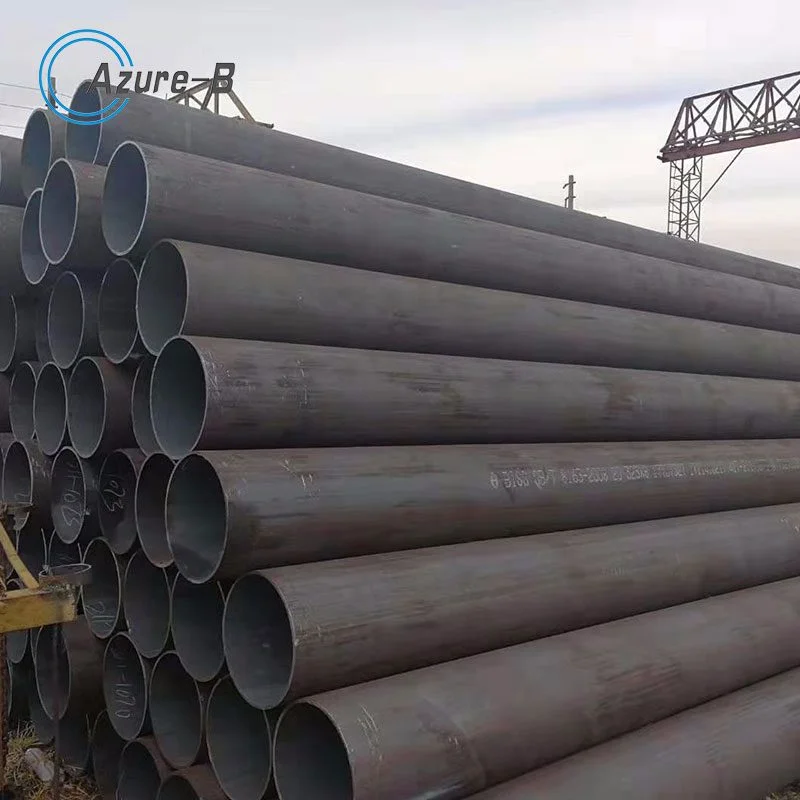Navigating the Costs of 3 Inch GI Pipe – What to Expect for 20-Foot Sections
Three-inch diameter galvanized iron (GI) pipe remains a staple material for countless residential, commercial, and industrial applications. But when embarking on a new construction or re-pipe project using 3” GI pipe, one of the first questions is often “how much will it cost?” While prices fluctuate over time, understanding the average per-foot expenses and total project costs for 20-foot sections can help guide purchasing decisions. In this in-depth guide, we’ll break down the key factors impacting 3” GI pipe pricing so you know what to budget for your next plumbing, structural, or mechanical piping project.
For those less familiar, 3-inch GI pipe refers to schedule 40 galvanized steel pipe with an outside diameter of 3.5” and an inside diameter of approximately 3.068”. It is hot-dipped galvanized, giving the steel pipe a protective zinc coating to resist corrosion.

Three-inch diameter provides a balance of capacity and strength for applications like residential plumbing, drainage lines, structural supports, and mechanical systems. It is produced in 21-foot sections with threaded ends for simple connections. The schedule 40 walls give it a pressure rating exceeding 150 PSI.
Understanding 3” GI pipe’s versatile properties and uses makes its widespread appearance in buildings and machinery easy to comprehend. But what’s behind the varying 20-foot section costs purchasers encounter?
Key Factors Influencing 3” GI Pipe Pricing
While a 20-foot stick generally runs $40-70 or more, several variables impact the exact per-foot expenses:
Raw Material Costs – As a steel product, the iron ore and steel markets influence baseline material expenses passed through to customers.
Location – Availability and demand dynamics cause pricing to fluctuate region to region. More remote areas usually see elevated costs.
Quantity – Buying full truckloads or large wholesale orders brings discounts compared to small retail-sized purchases.
Vendor Markups – Distributors apply varying margin markups. Buying direct from manufacturers or contractors saves.
Tariffs & Duties – Import taxes and trade regulations on foreign steel introduce added costs. Domestic sourcing avoids these.
Grade – Industrial grade GI pipe commands slightly higher pricing than common residential-use material.
Coating – Bare steel pipe saves over galvanized, but galvanizing is essential for water and corrosive services.
Estimating Total Project Costs
Armed with average per-foot pipe pricing, contractors and DIYers can estimate total project costs for 20-foot GI pipe sections. Besides the pipe, other project cost factors include:
-Fittings – Elbows, tees, couplings, end caps etc. add roughly 15% or more to the pipe cost.
-Joining Methods – Threading equipment for DIY threaded connections adds expense. Pro pressing or soldering costs more.
-Valves & Accessories – Any valves, gauges, supports, or other accessories add to the total.
-Labor – For installed projects, professional plumbing or structural labor hours significantly increase budgets.
-Site Conditions – Challenging utility, drainage, or structural circumstances drive up project time and expenses.
While a 100-foot re-pipe or structural project may cost $700 or more in materials alone, total expenses with labor and accessories can easily exceed several thousand dollars. Having an idea of the variables impacting 3” GI pipe pricing makes creating accurate budgets easier.
Saving on 3” GI Pipe Purchases
For new construction or repairs using 3” GI pipe, several tips can yield significant savings:
-Buy factory direct, wholesale, or in bulk volume to get quantity discounts
-Source domestically manufactured pipe to avoid import taxes
-Seek out contractors with wholesale supply accounts to save on retail markups
-Join sections with lower-cost threaded connections instead of press fittings
-Comparison shop suppliers, but beware extremely low-priced imports
-Consider PVC plastic pipe for non-structural drainage to lower costs
Three-inch GI pipe in 20-foot sections can range from $40 up to $70 or more depending on the supplier, manufacturing origin, quantity, and other factors. While the pipe alone may seem inexpensive, total project costs grow fast once labor, fittings, site conditions, and accessories enter the picture. Understanding where costs originate allows smart budgeting and savings. For critical structural supports, pressurized plumbing, or drainage networks, higher 3” GI pipe costs are often worthwhile for the decades of reliable service provided. But for non-critical tasks, cheaper PVC or thinner wall pipe may suffice. In construction and maintenance, choosing the right materials for the job the first time is almost always the most cost-effective path.

